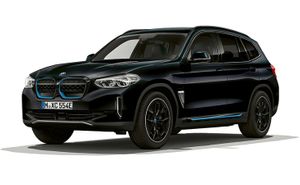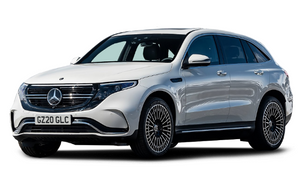Practicality & Space
While the front seats are reasonably spacious and airy-feeling (particularly with the panoramic sunroof), the rear seats are more compact. With a six-footer in the front, there’s very little legroom for those confined to the rear, and there’s not much foot space under the front seats, either. If you’re considering the EX30 as family transport, be sure to check that the family can actually fit before taking the plunge.
Space is also in shorty supply in the driver’s footwell. Although the steering wheel has a reasonable amount of adjustment, those with even average size feet will find that there’s very little space to rest their left foot. Yes, there’s a footrest built into the floor, but its height forces your knee up towards the steering wheel.
The boot seems small going by the claimed 318 litres, but it’s a good-sized boot floor; better than what you get in the Vauxhall Mokka-e, and not far off the usable space you get in a VW ID.3. We like the Volvo’s handy little infographic to help you work out how much you can cram into it, too. There’s a small frunk, but you’ll need to be a cable-folding ninja to get even one cable in it.
Interior & Design
The interior comes with a choice of four different schemes, each known as ‘Rooms’ and whilst Volvo has resisted the urge to add fake performance noises to the EX30, they’ve followed in the example of cars like the Hyundai Ioniq 5 and Kia EV6 by offering a selection of Scandinavian inspired ‘sound themes’, which can be paired with different lighting options. These range from warm sunlight falling through the leaves of a forest, a sunset on the Swedish west coast, or even the sound of the northern lights.
As part of the four ‘rooms’ Volvo has introduced some unusual new materials. While most look great and offer something new (the webbed Flax is particularly pleasant) others aren’t quite so successful. Particle trim uses minute pieces of old white uPVC window frames. The end result is a hard, brittle plastic that wouldn’t look out of place on a Travelodge bathroom floor.
Dashboard
The main focus in the pared-back interior is its central infotainment touchscreen, which runs an Android-based operating system, so it gets Google Maps navigation, Assistant and Play. It also uses 5G and even though it's Android-based the infotainment does support wireless Apple CarPlay.
Volvo has clearly sought to minimise visual clutter, but there are areas where this has gone too far. There is no secondary display ahead of the squared-off steering wheel (just a gloss black puck that contains the driver camera (yes, it really is spying on you) or a head up display – even as an option. That means the only speed readout is tucked away in a corner of the central screen, which is far from ideal. Yes, Tesla owners have had to put up with this for years, but it seems an odd move for a brand that made its name as a safety pioneer. At least the Volvo’s screen has an option called Calm View, that lets you have only the essential driver information displayed, which is less distracting for night driving.
Even so, the decision to not install physical buttons will cause concern for some buyers. Everything from the safety systems to the glove box opening is controlled via the screen – even the lovely knurled volume knob used on other Volvos such as the XC60 have been ditched in favour of the screen. The sheer quantity of features that have to be controlled through the screen makes it a complicated set-up and it's not the fastest to respond, making it over complicated to do even basic tasks such as adjusting the mirrors or turning down the volume. More worrying is the three presses of the screen it takes to turn on the rear fog light.
However, since the car's launch in 2023, Volvo has made some modifications to the system. For 2025, there have been tweaks to various functions such as more options to adjust the one-pedal driving mode, plus a configurable 'always there' panel at the bottom of the screen for the most used functions.
Overall, it's an interface that takes a lot of time to get used to – something that is traditionally very un-Volvo-like.
Technology & Equipment
The EX30 is offered with four trims – Core, Plus, Ultra and Cross Country.
Core gets a strong kit list as standard, with things like the 12.3-inch central portrait touchscreen with wireless Android Auto and Apple CarPlay plus Google systems such as Maps, adaptive cruise control, ambient lighting, 18-inch alloys, auto LED headlights with Active High Beam, front and rear parking sensors, one-pedal driving, vehicle-to-load, and a heat pump (but only on the Single Motor Extended Range and Twin Motor Performance).
Plus adds a choice of interior themes, heated front seats and steering wheel, 19-inch wheels, a black roof, dual-zone climate control, a Harmon Kardon sound system. Ultra throws in privacy glass, 20-inch wheels, panoramic glass roof, 360-degree camera, powered seats with lumbar adjustment. The more ruggedly-styled Cross Country gets a ride height jacked up by 19mm, a matte black panel at the front and rear, extended wheel arches, and different 19-inch black-painted alloy wheels. There's also a vast options list, including a heavy-duty roof basket and slightly more knobbly cross-climate tyres.
Another first for the EX30 is the claim that this is the greenest car Volvo has ever made.
Overall, Volvo has managed to reduce its total carbon footprint by 25 per cent compared to its other fully electric EC40 and EX40 models. How have they done that? It’s a smaller car, so that means less aluminium and steel, while a quarter of the aluminium is recycled, along with 17% of the steel and 17% of the plastics. The EX30 is built in a factory powered by climate-neutral energy and Volvo has worked with its supply chain to ensure they’re on board with the plan. They use blockchain technology in place to help trace how raw materials like lithium, manganese and cobalt are mined.
Safety
Every EX30 gets adaptive cruise control, blind-spot warning, lane-keep assist and autonomous emergency braking, all of which combines to offer a semi-autonomous drive mode called Pilot Assist. It’s not quite as feature-filled and futuristic as the semi-autonomous drive modes in the Tesla Model 3, but it is good enough to take some of the weariness out of sticky city traffic or a tedious motorway journey.
The EX30 received a five-star safety rating from independent crash testers Euro NCAP, with an 88% score for adults, 85% for children, 79% for vulnerable road users, and an 80% score for its safety assist systems.










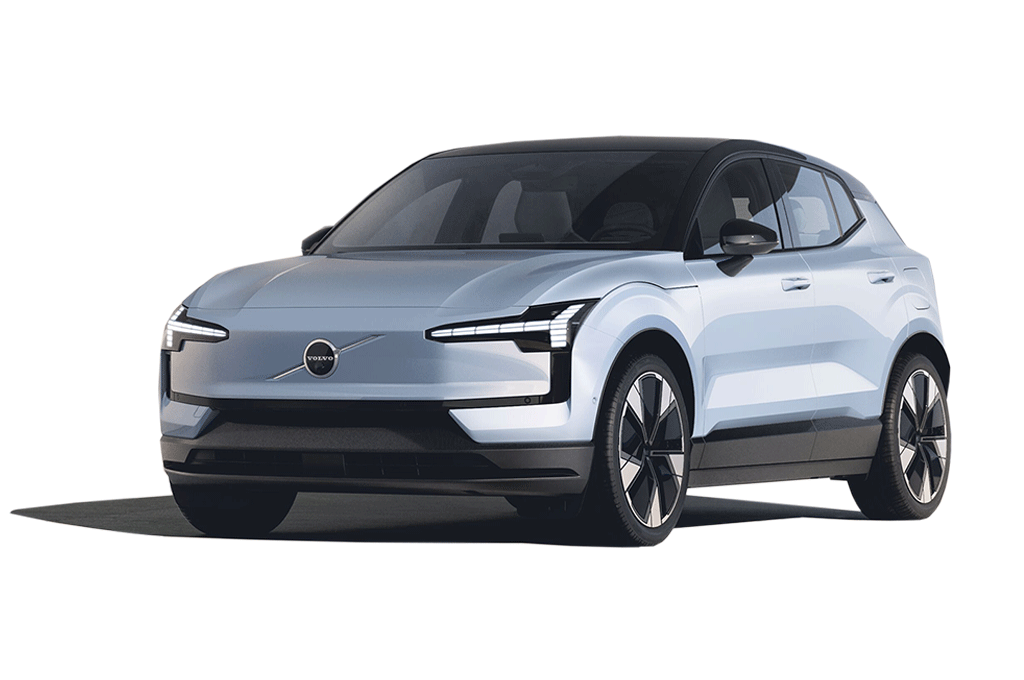
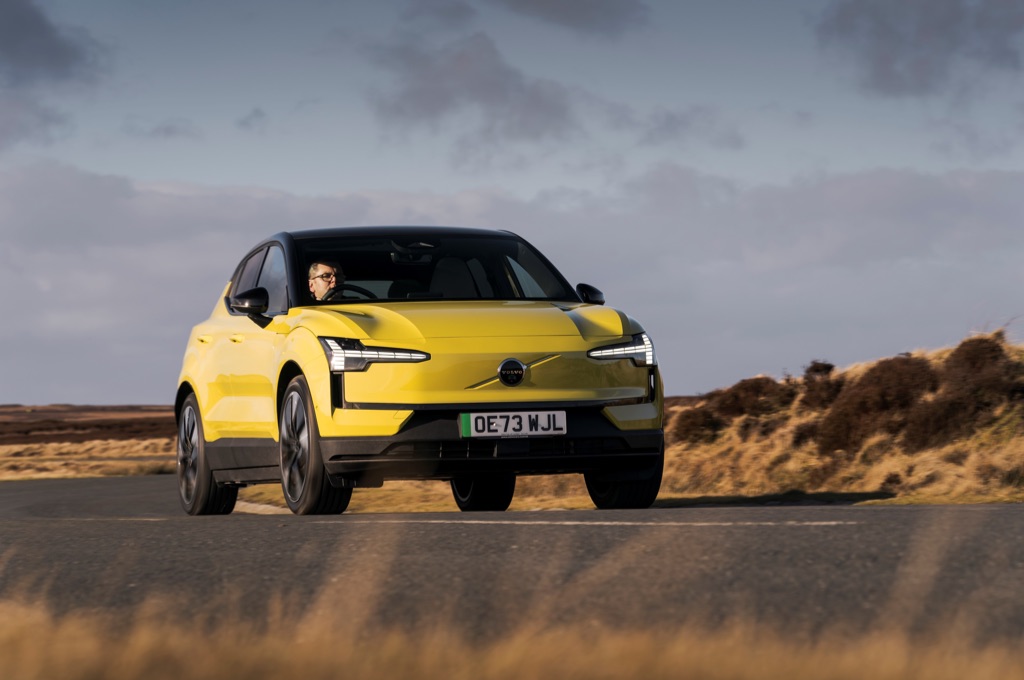
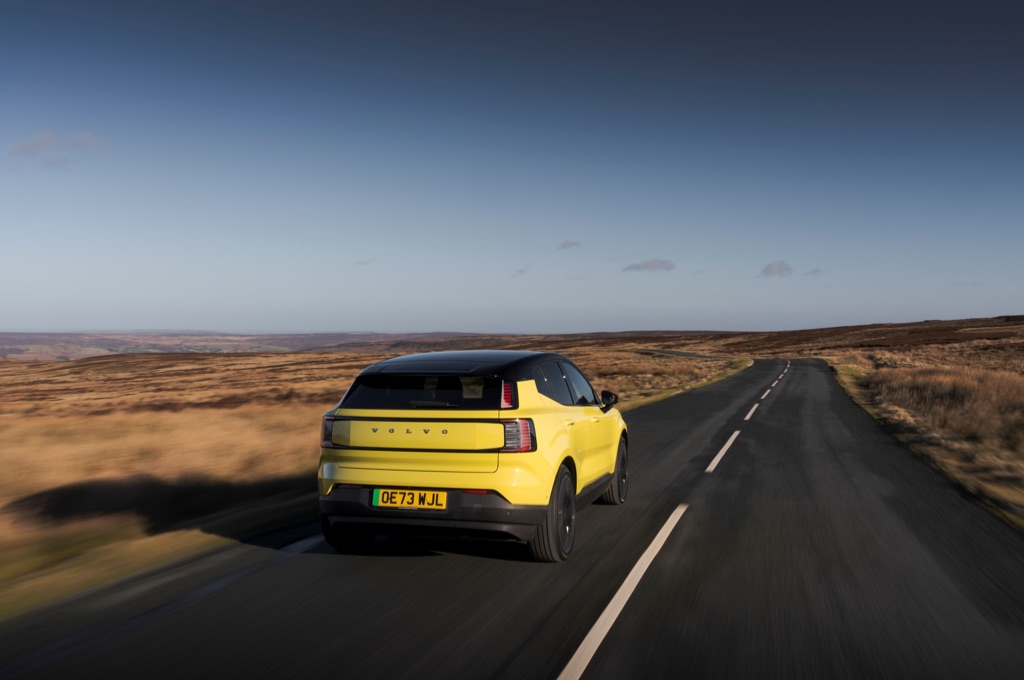
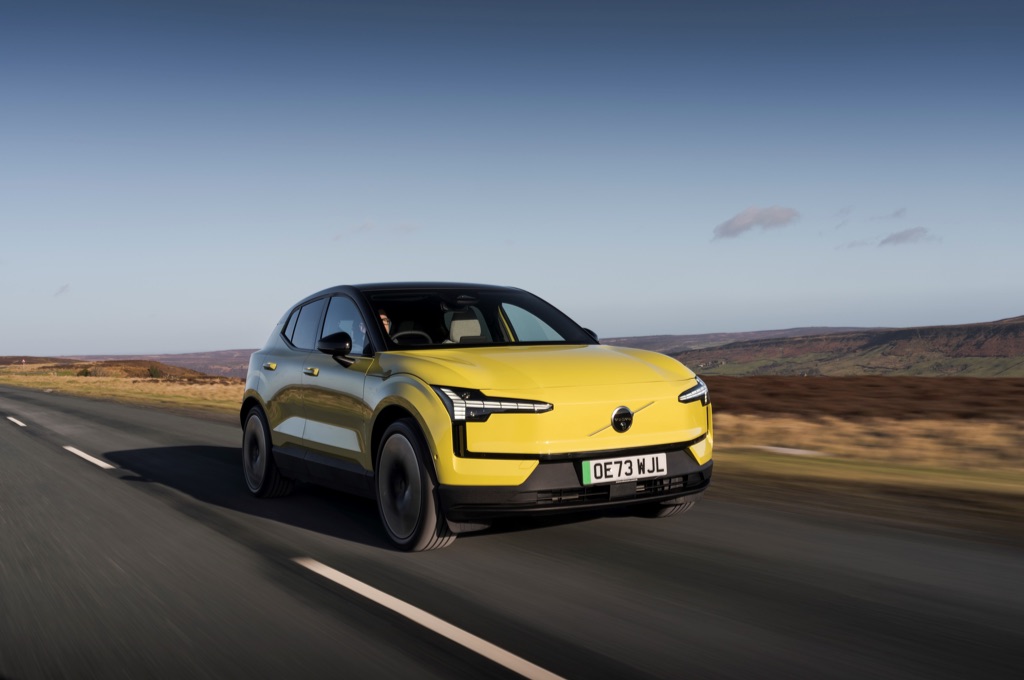
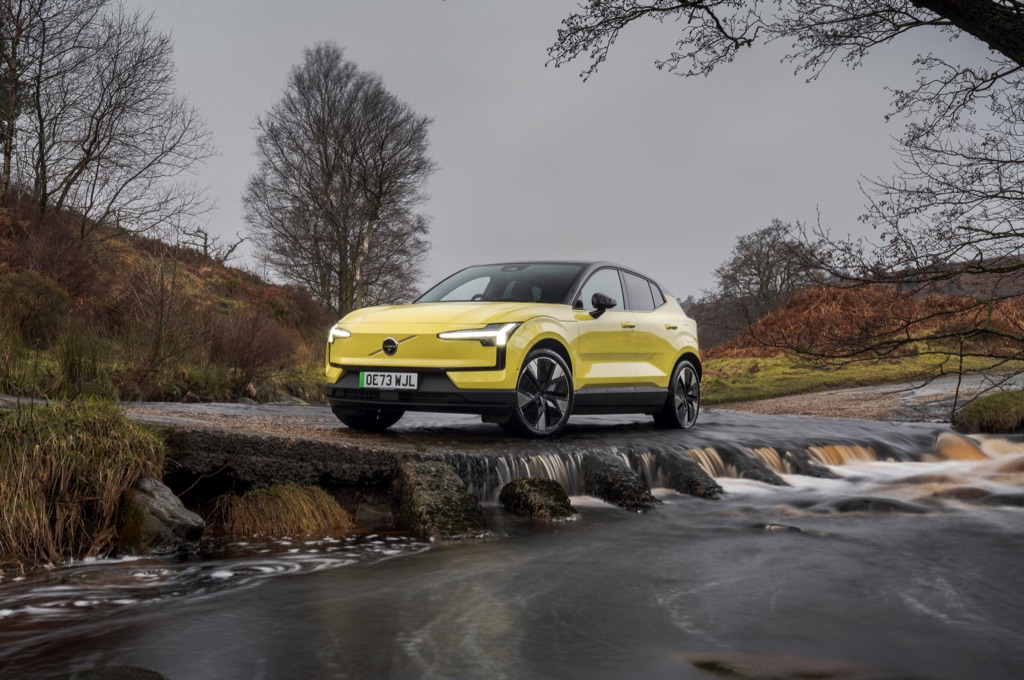
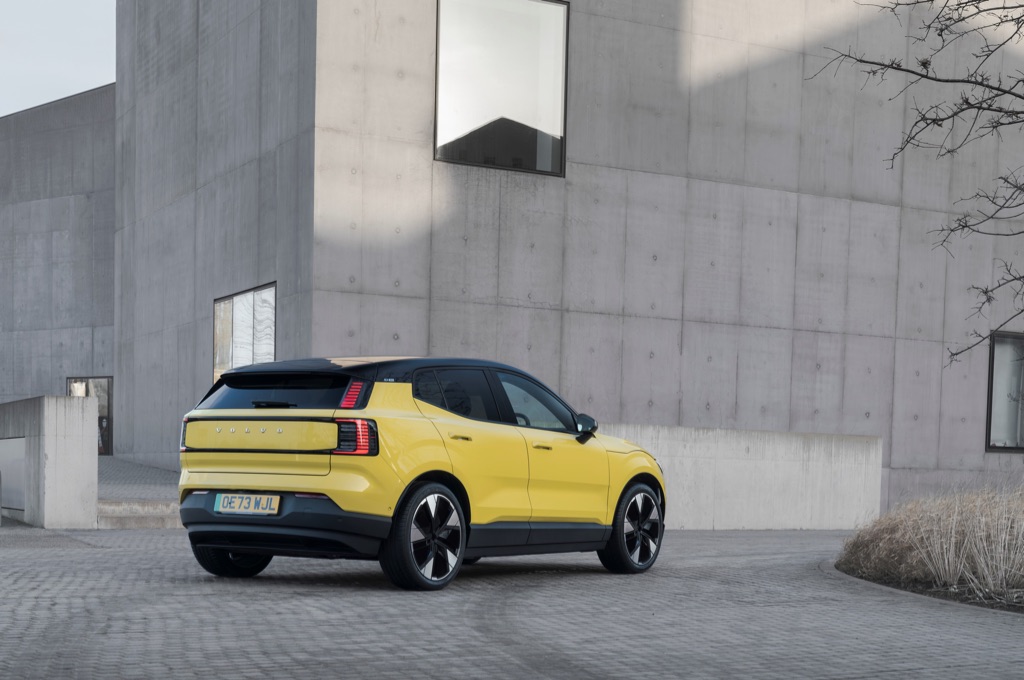
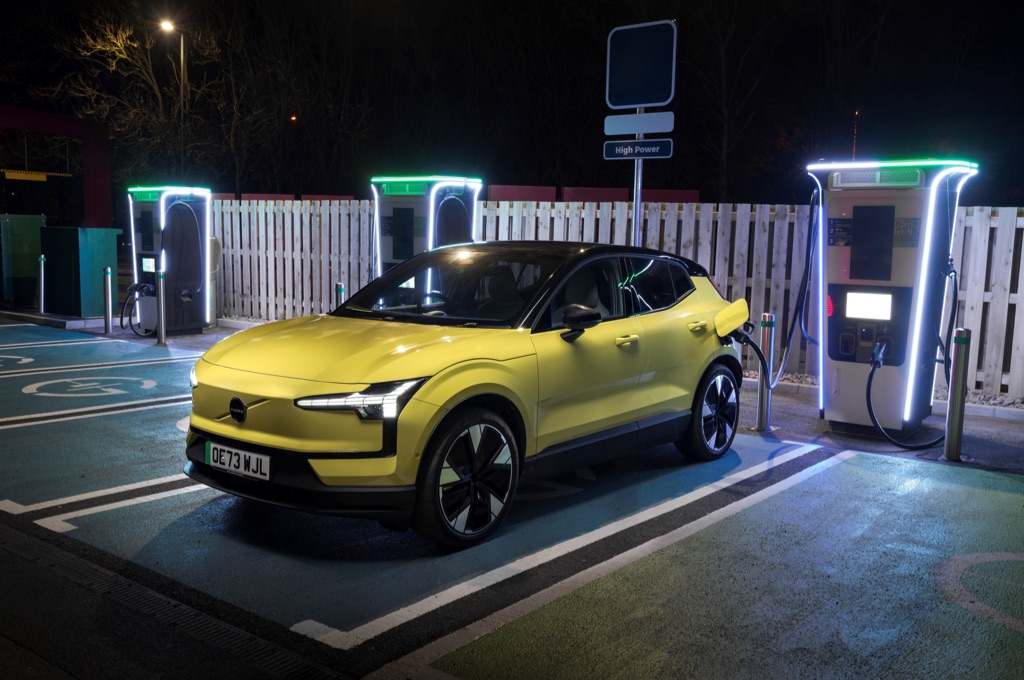
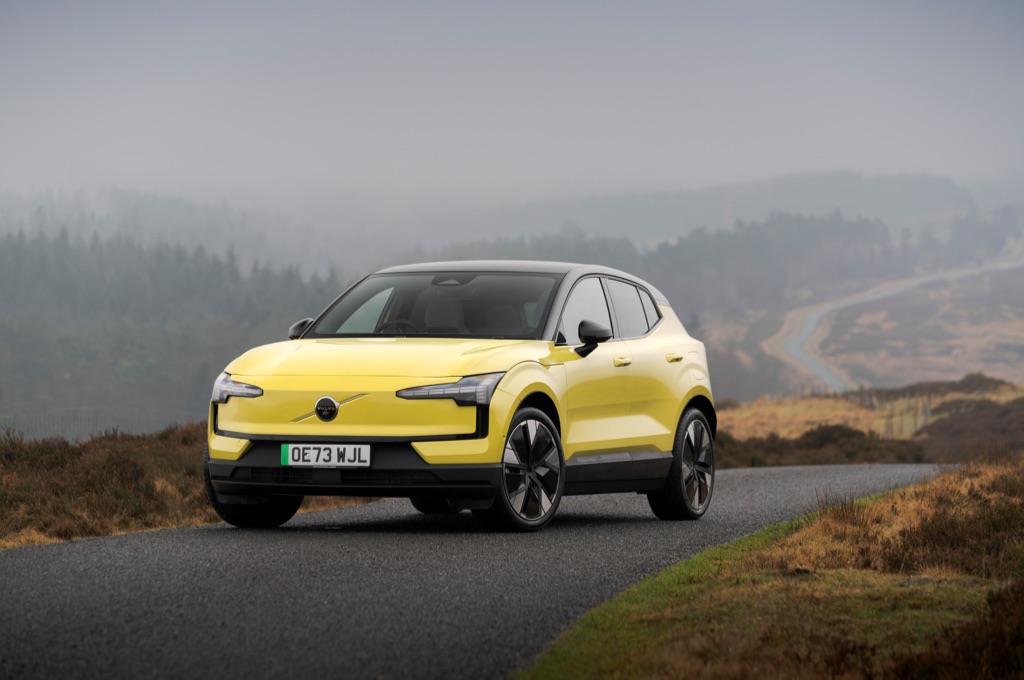
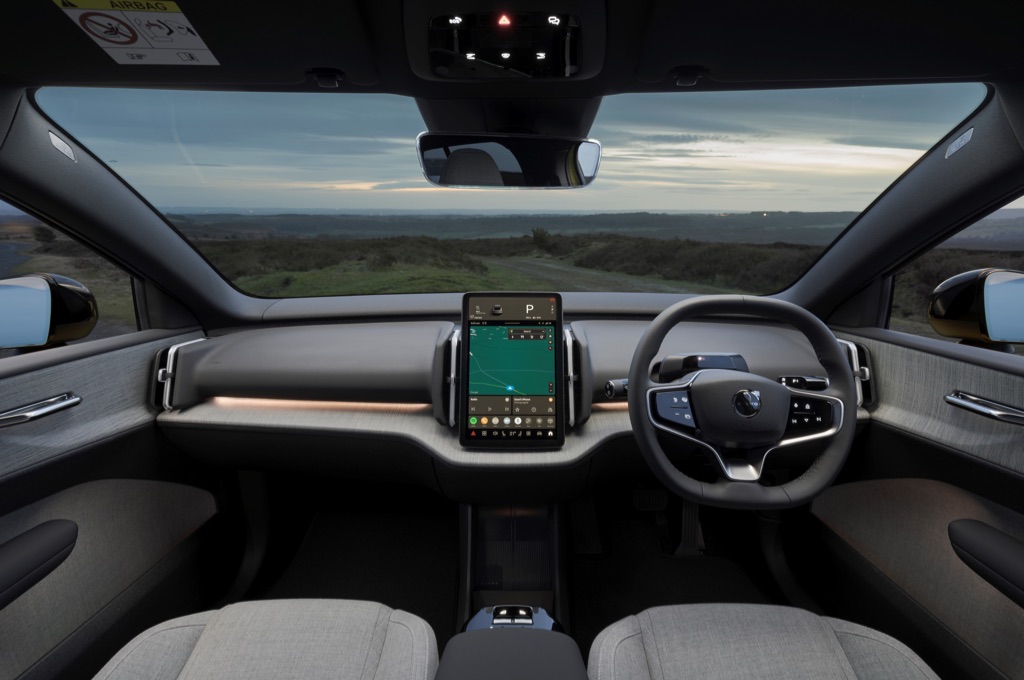
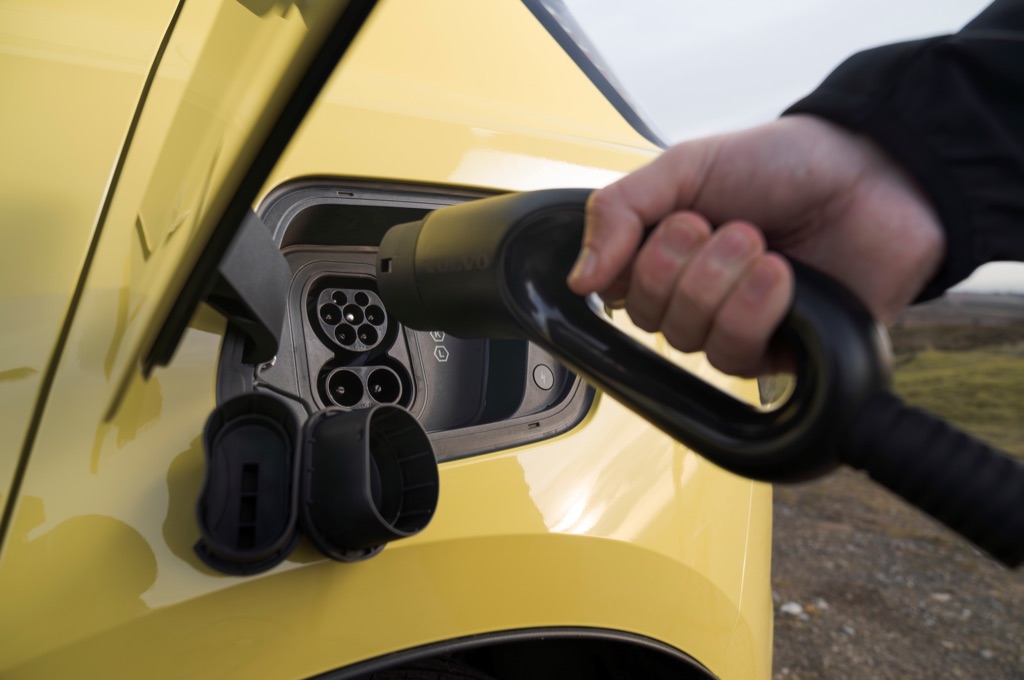
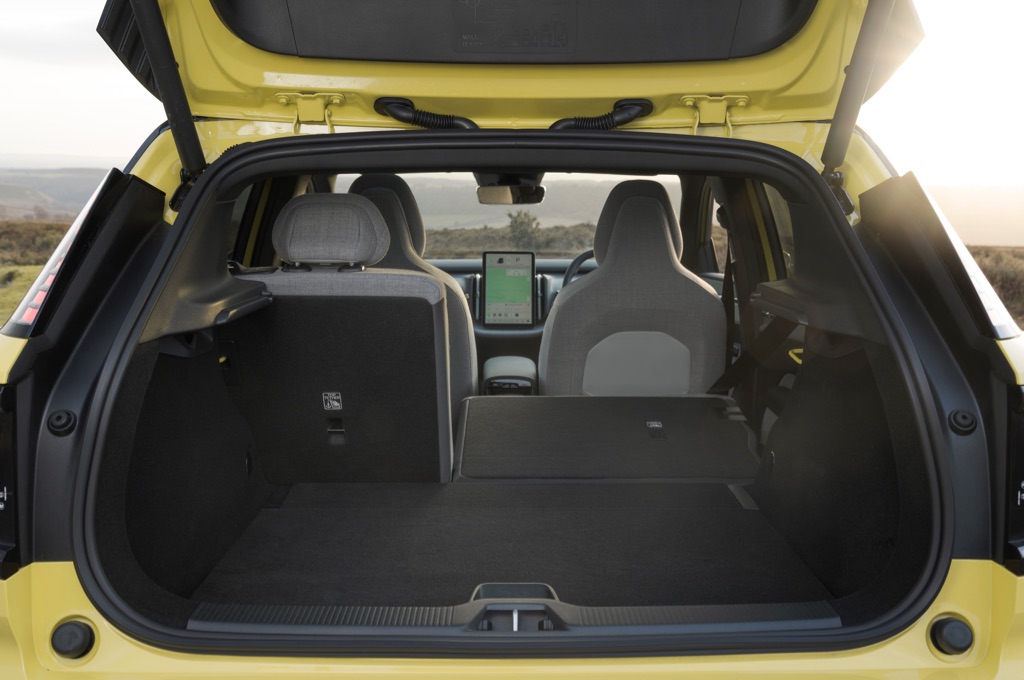
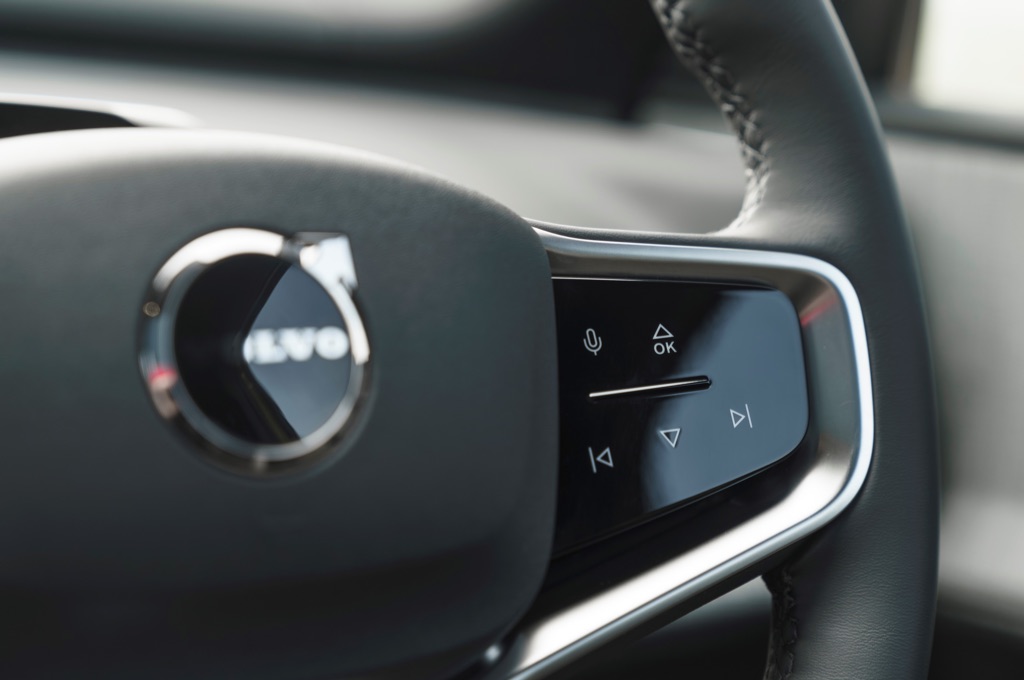
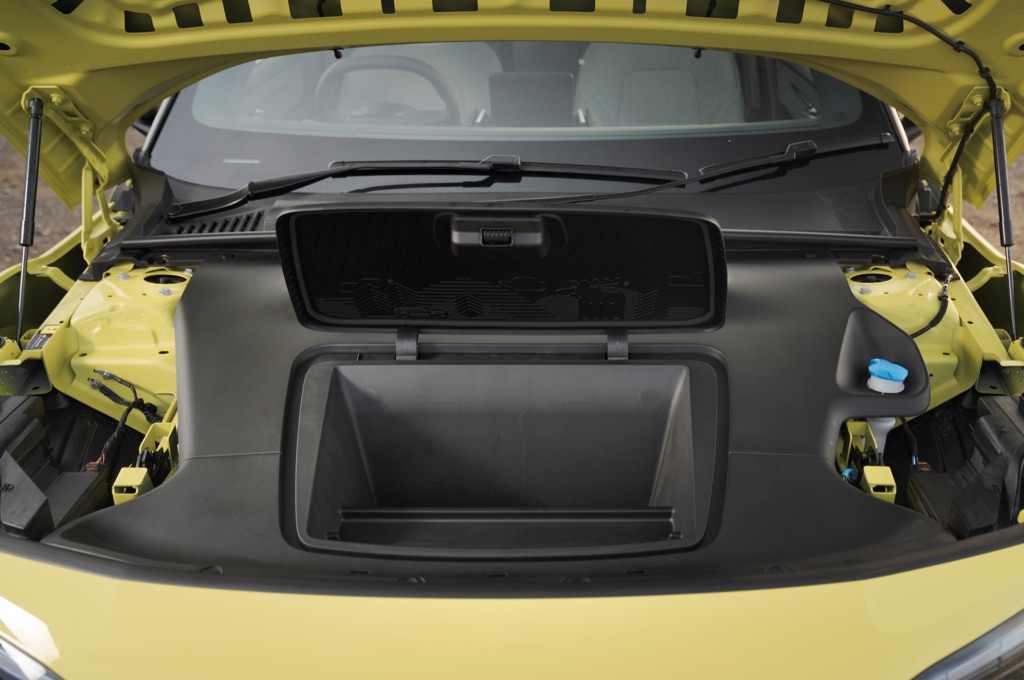
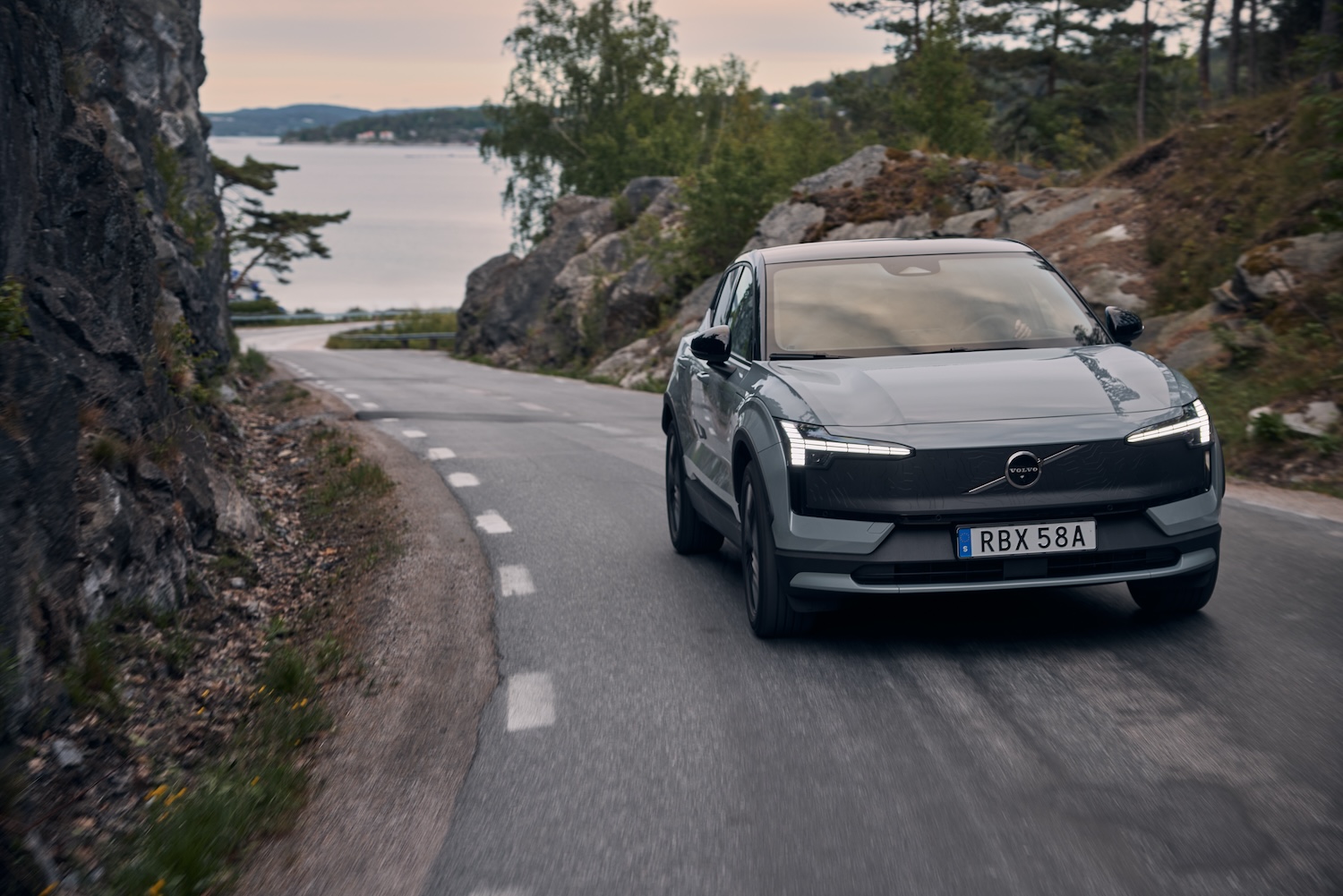
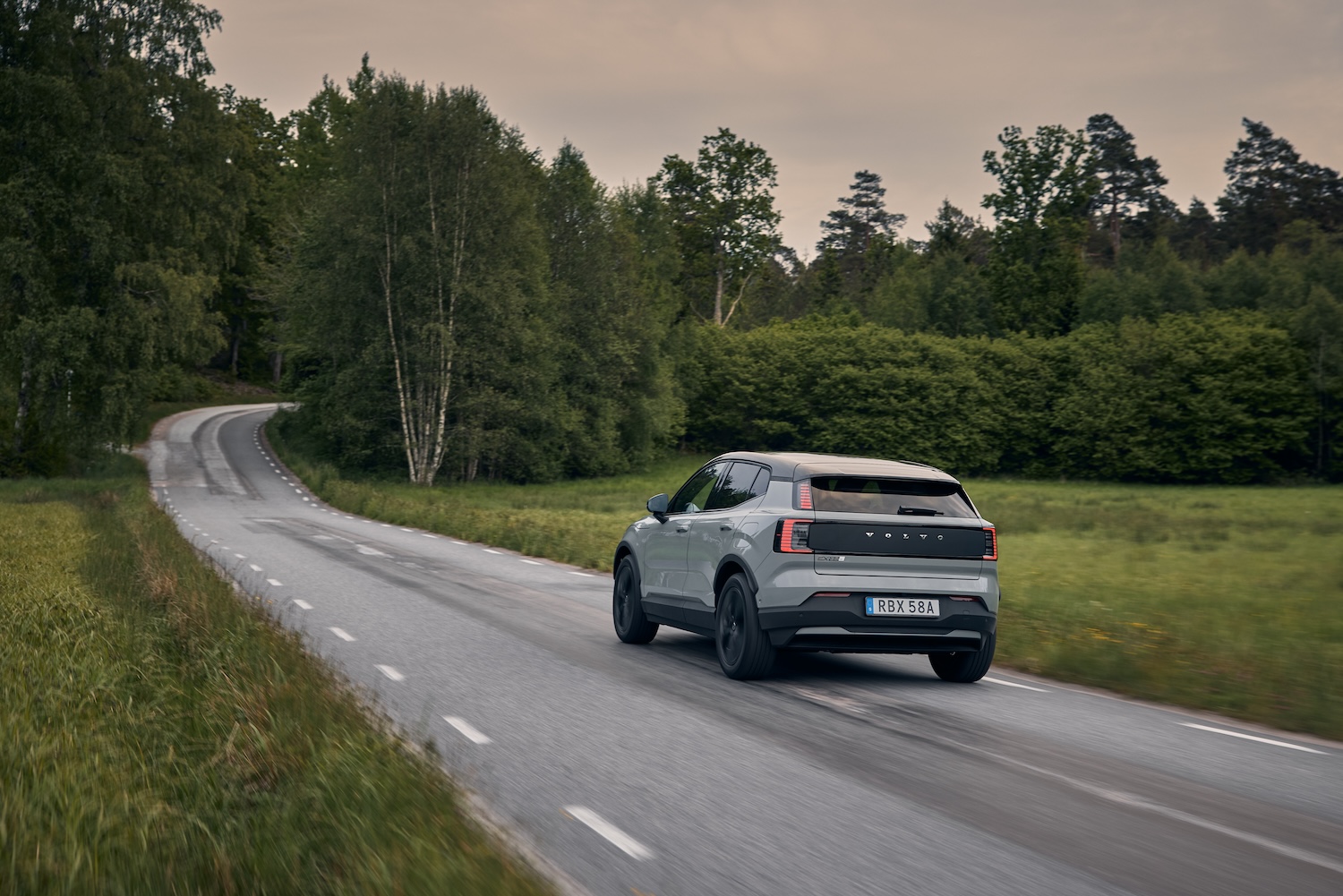
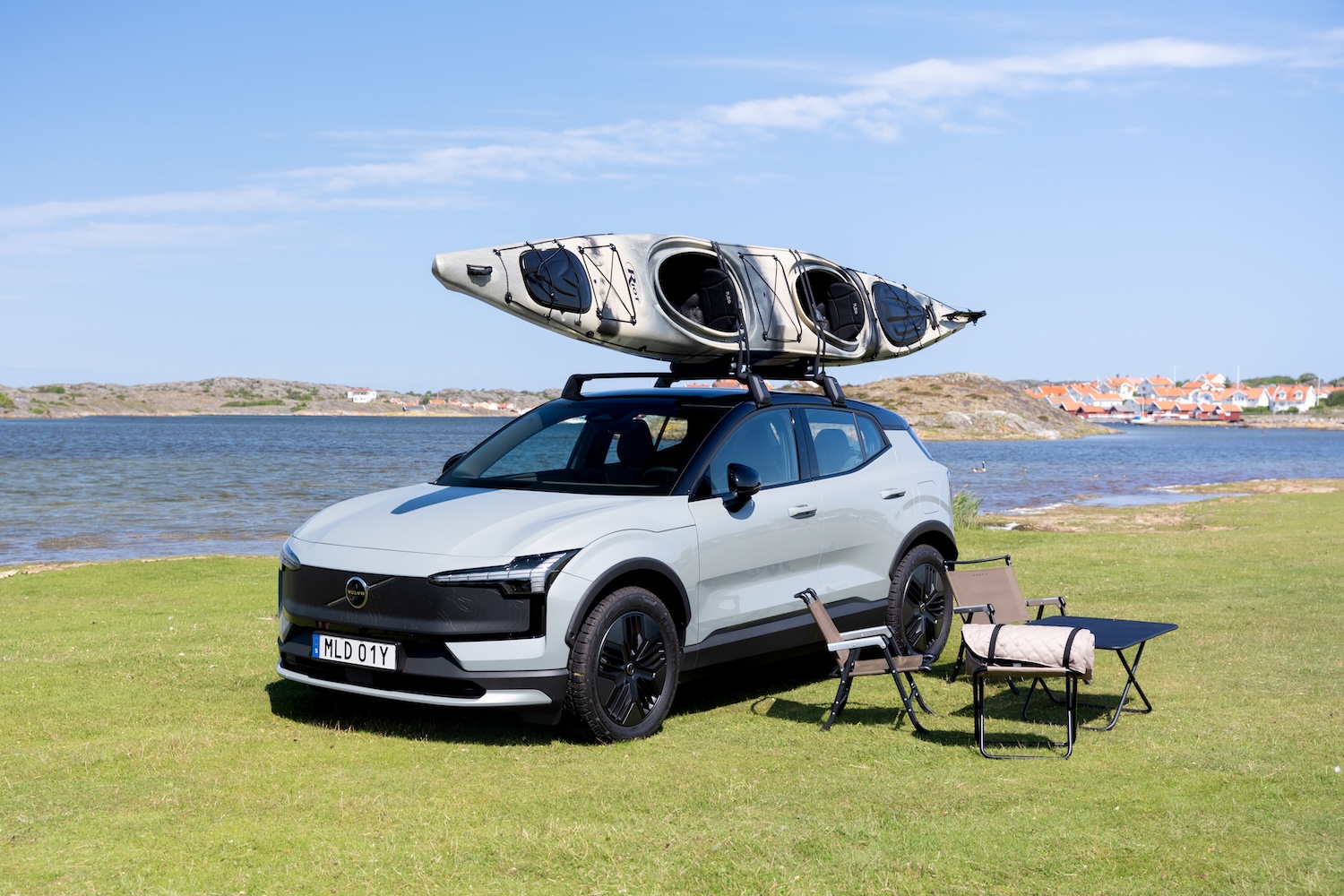



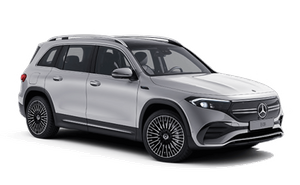
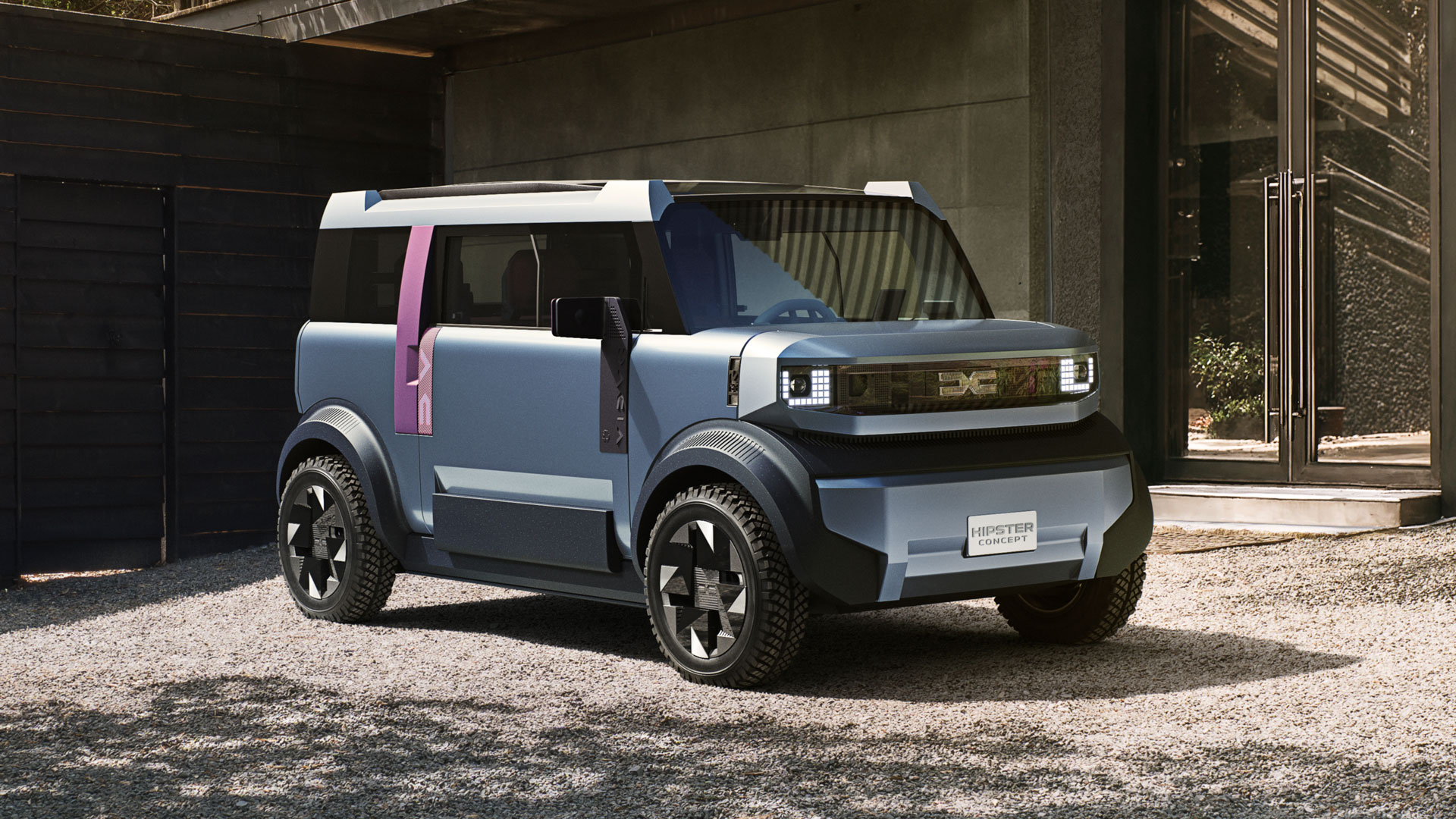.jpg?width=300&height=185)
